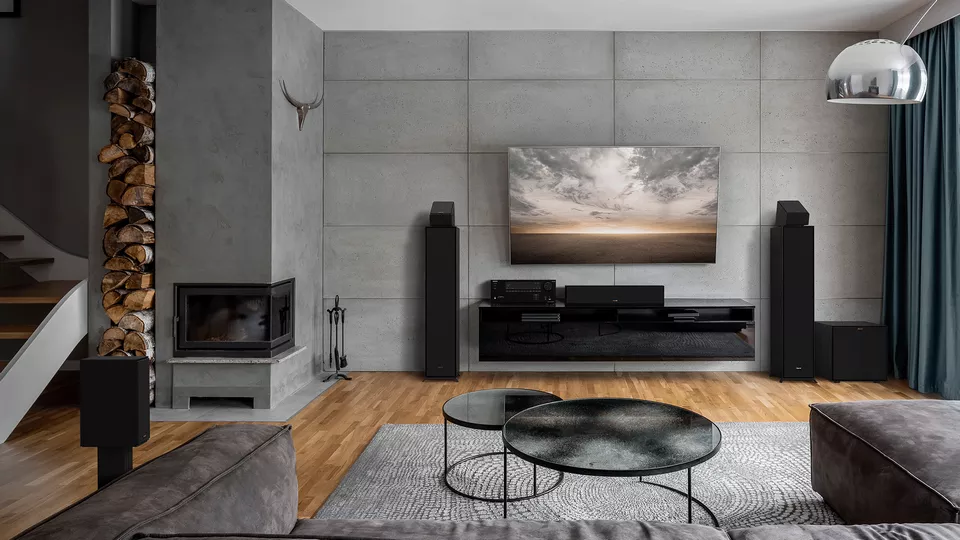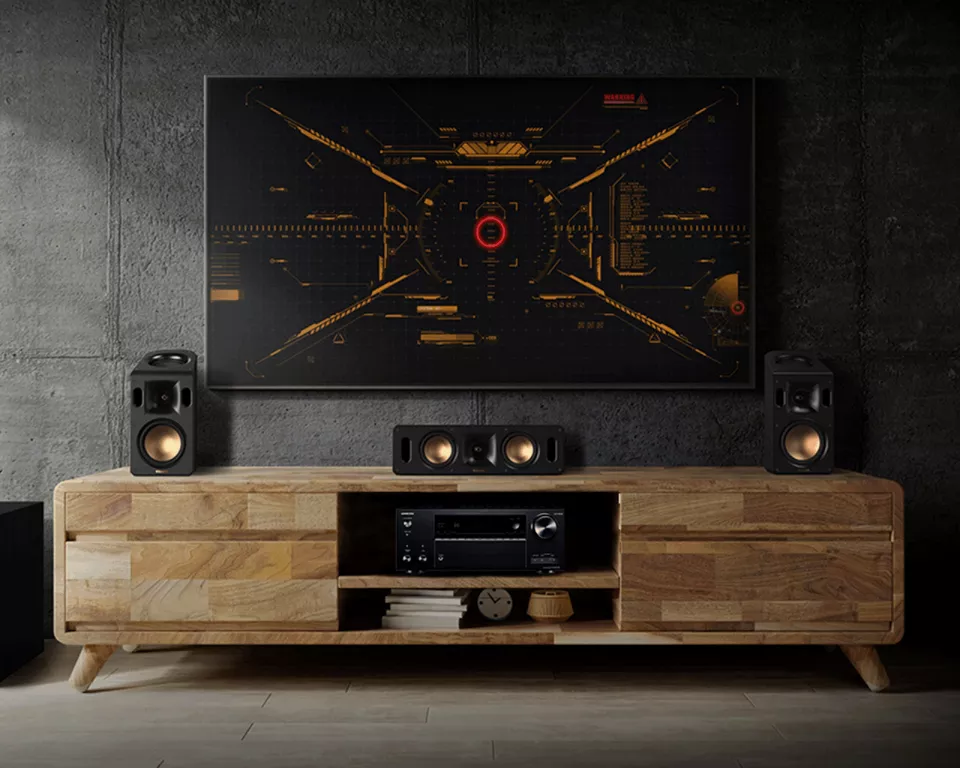
Choosing the right AV receiver is no small task, especially when faced with industry leaders like Onkyo and Sony. Both brands have built their reputations by delivering exceptional products, but their approaches to audio, design, and features set them apart. Onkyo is celebrated for its audiophile-grade sound and advanced calibration tools, while Sony excels in cutting-edge features, seamless ecosystem integration, and gaming compatibility. This guide, written with our experienced professional perspective, is crafted to help you make an informed choice tailored to your needs.
Key Features Comparison
Product Selection
Onkyo offers a well-structured lineup that caters to a wide range of budgets and requirements. To help buyers find the perfect fit, the lineup is clearly divided into high-end, mid-range, and entry-level categories, each targeting specific user needs. At the high end, the RZ Series, which includes models like the TX-RZ30, TX-RZ50, and TX-RZ70, is tailored for audiophiles and large home theater enthusiasts. These models come equipped with features like Dirac Live calibration and THX certification for unparalleled audio performance. The mid-range NR Series, featuring the TX-NR7100, TX-NR6100, TX-NR5100 and TX-NR696, strikes a balance between affordability and advanced features, including Dolby Atmos and HDMI 2.1 support. For those seeking entry-level options, the SR Series, which includes only the TX-SR3100, provides essential features for smaller setups at a lower price point.

Sony’s lineup focuses heavily on premium models, particularly the high-end Premium ES Series. This emphasis on top-tier products ensures users access to cutting-edge features and high-performance capabilities. Models such as the STR-AZ1000ES (7.2 CH), STR-AZ3000ES (9.2 CH), STR-AZ5000ES (11.2 CH), and STR-AZ7000ES (13.2 CH) cater to enthusiasts looking for advanced surround sound configurations. In the mid-range category, the STR-AN1000 combines features like Dolby Atmos and 360 Reality Audio to offer advanced performance at a competitive price. For entry-level users, Sony offers the STR-DH Series, which includes the STR-DH190, STR-DH590, and STR-DH790, ideal for those seeking simplicity and solid functionality on a budget.
Onkyo provides a broader selection with clearly defined categories catering to various budgets, making it ideal for users seeking a specific fit. Sony, while focused on premium-tier models, appeals to those who value cutting-edge features in high-end receivers.
Design/Look

Onkyo prioritizes practicality and durability in its design. The receivers feature a traditional AV aesthetic with rugged builds, clear displays, and straightforward controls, appealing to experienced users who value functionality over form.
Sony, in contrast, emphasizes modernity and sleekness in its designs. The Premium ES models are particularly noteworthy for their premium finishes and minimalist appearance, making them a stylish addition to contemporary home theater setups. Intuitive menu systems and user-friendly interfaces further enhance the user experience, particularly for casual users and tech enthusiasts.
Sony stands out for its sophisticated and modern design, blending style and functionality seamlessly. On the other hand, Onkyo’s practical and durable approach ensures reliability, catering to users who prioritize longevity.
Affordability
Most affordable brands
Onkyo provides excellent value across its lineup, particularly in mid-range and high-end models. The combination of advanced features and competitive pricing makes it a compelling choice for buyers looking for performance without overspending. With advanced features like Dirac Live calibration and THX certification, Onkyo’s offerings remain competitively priced. Entry-level models start at $400, providing budget-conscious users access to features like Dolby Atmos and HDMI 2.1 support.
Sony’s entry-level receivers are among the most affordable, starting at just $200. This affordability allows budget-conscious users to enjoy high-quality audio solutions while benefiting from Sony’s ecosystem integration. However, the brand’s premium models, which range from $1,100 to $3,300, reflect their advanced features, sleek design, and seamless integration within the Sony ecosystem.
Sony’s most models are more affordable, but its premium options are priced higher than Onkyo.
Quality/Durability
Onkyo products are built to last, with rugged designs that can withstand heavy use. High-end models incorporate advanced cooling systems to maintain performance during extended operation. Sony’s high-end models use premium materials, ensuring a polished appearance and reliable functionality. However, some of Sony’s entry-level models may not match the long-term durability of Onkyo’s counterparts.

Onkyo takes the lead in long-term durability, while Sony’s premium models combine reliability with a touch of sophistication.
Customer Support & Warranty
Onkyo offers a standard warranty of two to three years, depending on the model, and is highly regarded for its technical assistance, particularly for high-end users. Sony typically provides a one to two-year warranty, with optional extended coverage. While Sony’s global service network ensures accessibility, customer reviews of its support are mixed.
Onkyo offers longer warranties and stronger technical support, particularly for its high-end receivers. This provides added peace of mind for users investing in premium equipment. Sony’s global presence ensures accessible service but may fall short in warranty duration.
Sound Quality
Onkyo is renowned for its exceptional calibration tools and precision audio performance. With technologies like Dirac Live and THX certification, it sets a high bar for sound quality in home theater systems. High-end models feature Dirac Live calibration, which tailors audio output to the room’s acoustics for unmatched clarity and balance. With THX certification, Onkyo ensures cinema-quality sound. across its high-end models. The brand supports a wide range of advanced formats, including Dolby Atmos, DTS:X, IMAX Enhanced, and THX-certified surround sound.
Sony, on the other hand, excels in delivering immersive soundscapes. Its advanced calibration technologies and features like 360 Reality Audio make it a strong contender for users seeking a rich, multidimensional audio experience. Its Digital Cinema Auto Calibration (D.C.A.C.) feature is standard in entry-level models, while advanced D.C.A.C. EX is included in high-end Premium ES models for refined tuning. Sony’s unique 360 Reality Audio feature creates a three-dimensional audio experience, particularly appealing for music enthusiasts. With power output reaching up to 150W per channel in its high-end models, Sony delivers dynamic and impactful sound for both movies and music.

Onkyo dominates in sound precision and calibration, especially for cinema-quality experiences, thanks to Dirac Live and THX certification. Sony impresses with immersive audio technologies like 360 Reality Audio and higher power output, making it a strong choice for music and home theater enthusiasts.
Connectivity & Features
 Onkyo offers comprehensive connectivity options, particularly in its high-end models, which include up to six HDMI 2.1 inputs and three outputs. These models support advanced video formats, including 8K/60Hz and 4K/120Hz. Streaming features are robust, with built-in support for Chromecast, AirPlay 2, Spotify Connect, and compatibility with Sonos multi-room systems. Multi-zone audio capabilities allow users to play different content across rooms, catering to households with varied entertainment needs.
Onkyo offers comprehensive connectivity options, particularly in its high-end models, which include up to six HDMI 2.1 inputs and three outputs. These models support advanced video formats, including 8K/60Hz and 4K/120Hz. Streaming features are robust, with built-in support for Chromecast, AirPlay 2, Spotify Connect, and compatibility with Sonos multi-room systems. Multi-zone audio capabilities allow users to play different content across rooms, catering to households with varied entertainment needs.

Sony’s Premium ES models are equipped with up to seven HDMI 2.1 inputs, making them ideal for setups involving multiple gaming consoles and streaming devices. Smart integration is a key strength, with seamless compatibility with Bravia Sync, Google Assistant, Alexa, Chromecast, and AirPlay 2. For gamers, Sony models stand out with features like Variable Refresh Rate (VRR), Auto Low Latency Mode (ALLM), and enhanced Audio Return Channel (eARC), ensuring smooth and responsive gaming experiences.
Sony’s emphasis on gaming integration and smart ecosystem compatibility gives it a slight edge for tech-savvy users and gamers. Onkyo, however, shines with superior multi-room audio support and flexible configurations, making it a favorite among audiophiles.
Conclusion
Onkyo is the ideal choice for those who prioritize audiophile-grade sound with precise calibration, affordable mid-range and high-end options, and multi-room audio capabilities. Sony, on the other hand, excels for users who value seamless integration with Sony devices, modern aesthetics, user-friendly interfaces, advanced gaming features, and immersive audio formats like 360 Reality Audio. Both brands excel in their respective strengths. Your choice will ultimately depend on whether you prioritize sound precision and value, as offered by Onkyo, or ecosystem integration and aesthetics, as emphasized by Sony.




















